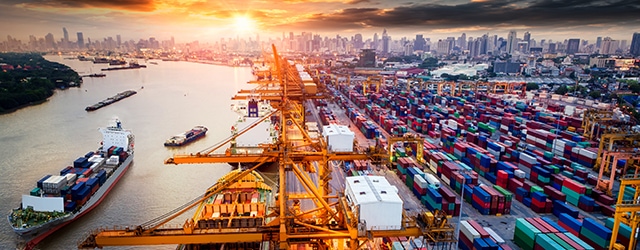India, Japan and Australia agree to forge alternative supply chains to circumvent China amid trade wars and a global pandemic.

In a virtual meeting last month, the trade ministers of India, Japan and Australia agreed to launch a Resilience Supply Chain Initiative (RSCI) to counter Chinese dominance in international trade and global supply chains. A resilient supply chain (RSC) allows a destination country to hedge against supply-side risks arising out of the concentration of trade with one country or a few countries. It allows destination countries to substitute the exporting country in the case of unanticipated events.
“By resilient supply chains, we mean supply chains that have the capacity to absorb shocks,” says Siddharth Mahajan, associate professor of Production and Operations Management at the Indian Institute of Management in Bangalore. “If one part of our supply chain is down and cannot meet our needs of raw material and components, the deficit is immediately made up by another part of our supply chain.”
The combination of trade wars and the unanticipated Covid-19 pandemic have further exposed the three countries to an array of supply-side risks stemming from overdependence on China. If more Chinese imports can be substituted by either Japanese or Australian imports, it would be beneficial to India, Mahajan argues.
“In this context, building supply chain resilience by moving away from China-based supply chains would be really important,” he says. “A tighter integration with Japanese or Australian supply chains for key imports and exports would be very helpful.”
Cost structure and substitutability of products and services were also critical factors in the formation of the RSCI. Increasing volumes and achieving economies of scale lowers costs, says Mahajan.
“Therefore, a balance has to be struck,” he argues. “Risk mitigation, by having multiple sources of supply, is certainly important. At the same time, one cannot lose sight of procurement costs. Thus, if a product has low volume of business, it may not be feasible to develop multiple sources. Only if a product has a sufficient volume of business does it make economic sense to develop multiple sources of supply. A resilient supply chain can then result.”



